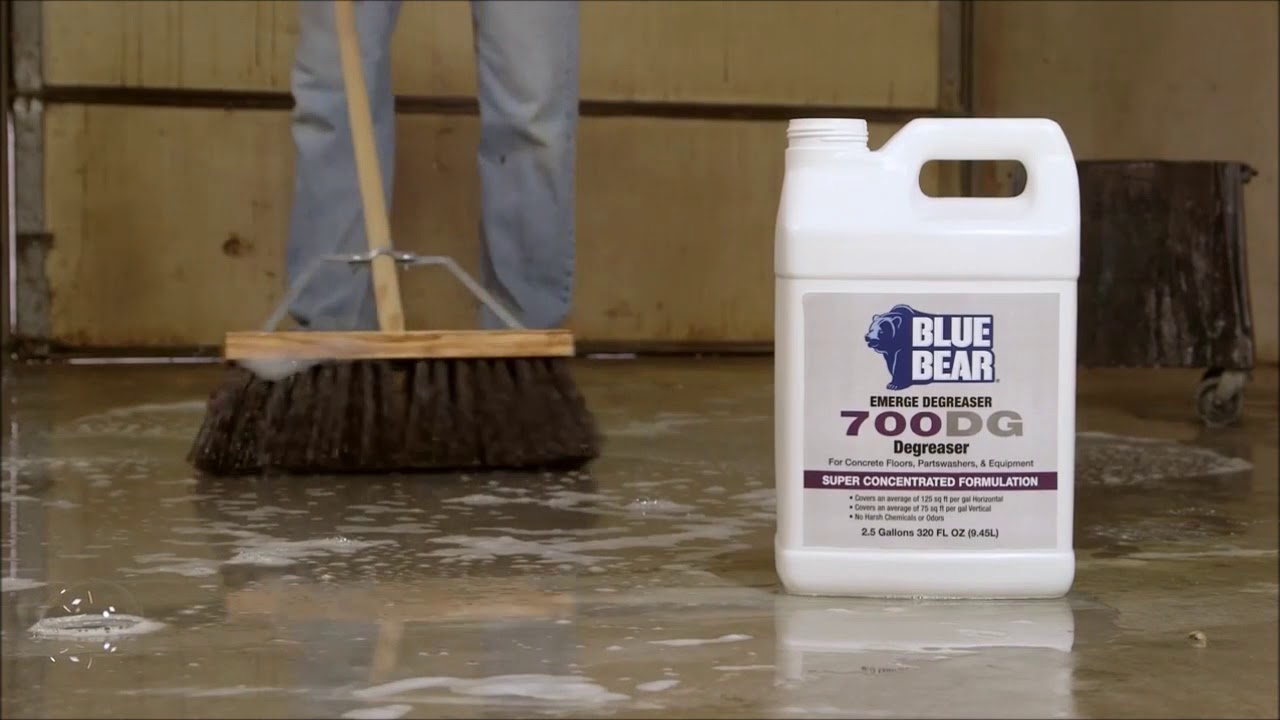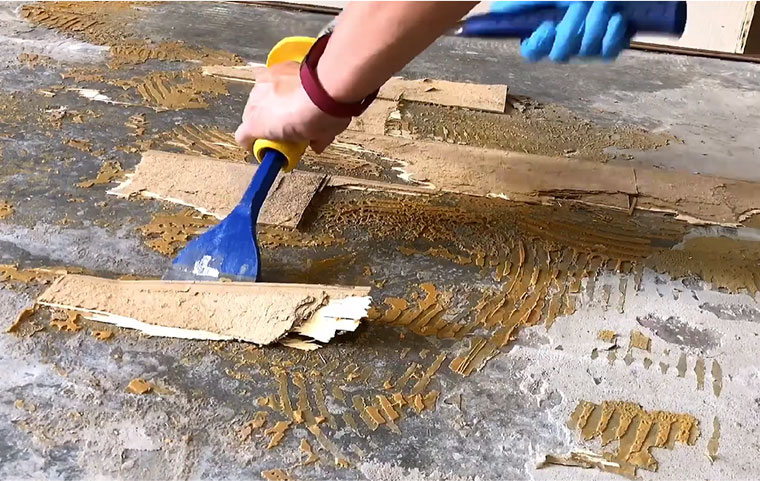You’ve finally ripped up that old carpet, ready to unveil the fresh concrete underneath. But wait – there’s a sticky, stubborn residue clinging to the floor! That’s carpet glue, and it’s notoriously difficult to remove. Don’t despair! This comprehensive guide will equip you with the best strategies and tips to tackle this common problem, leaving your concrete floor sparkling clean.

Image: www.stkittsvilla.com
Removing carpet glue from concrete is a task many homeowners face, often after a renovation or replacement project. It’s a sticky situation that can make preparing the floor for new flooring or painting a real challenge. Understanding the science behind carpet glue and the various removal methods will help you choose the best approach for your specific situation. So, let’s delve into the world of carpet glue removal and find the perfect solution for your concrete floor.
Understanding Carpet Glue: The Enemy
What Makes Carpet Glue So Sticky?
Carpet glue, or adhesive, is a complex blend of polymers, resins, and solvents that are designed to create a strong bond between the carpet backing and the concrete floor. These ingredients contribute to its remarkable adhesion, making it a formidable foe when you’re trying to remove it.
Types of Carpet Glue
Knowing the type of carpet adhesive you’re dealing with is crucial for choosing the right removal method. Common varieties include:
- Water-Based: These are generally easier to remove, as they soften with water.
- Solvent-Based: More tenacious, often requiring specialized chemicals to break the bond.
- Latex-Based: These can be difficult to remove, requiring a combination of techniques.

Image: mromavolley.com
The Battle Plan: Methods and Techniques
This is where the real action happens! We’ll explore the most effective methods for tackling carpet glue, starting with the most gentle and progressing to the more potent solutions.
1. The Gentle Approach: Using Household Ingredients
Sometimes, the simplest solutions are the best. For less stubborn glue, start with these everyday ingredients:
- Warm Water and Soap: Mix warm water with a mild dish soap, creating a soapy solution. Applying it to the glue residue, let it sit for a few minutes, then scrub with a stiff brush or sponge.
- Vinegar: White vinegar is a natural cleaner with surprising power! Dilute vinegar with water (a 1:1 ratio is a good starting point) and apply to the glue. Let it sit for a while, then scrub with a sponge or brush.
Tip: If using vinegar, wear gloves to protect your hands and keep the area well-ventilated. Remember, these methods may require multiple applications for best results.
2. The Heavy Duty: Chemical Removers
When the gentle approach falls short, it’s time to bring out the big guns. Many commercially available glue removers are designed specifically to dissolve carpet adhesive. These products often contain chemicals like methyl ethyl ketone (MEK) or acetone, which are powerful solvents.
- Always test: Before applying any chemical remover on a large area, test it in a small, inconspicuous area first. This will help you gauge the remover’s effectiveness and ensure it doesn’t damage the concrete.
- Follow instructions: Read the manufacturer’s instructions carefully and follow them meticulously. Wear appropriate protective gear, including gloves, eye protection, and a respirator. Work in a well-ventilated area.
- Apply and scrape: Apply the remover to the glue residue, allowing it to soak for the recommended time. Use a scraper, putty knife, or a paint scraper to remove the softened glue. Be patient, and use gentle pressure to avoid damaging the concrete.
- Clean thoroughly: Once the glue is removed, clean the area with a damp cloth and a mild detergent to remove any remaining remover residue. Rinse the area thoroughly.
Caution: Chemical removers should be used with caution! They can be flammable and hazardous if not handled properly. Store them out of reach of children and pets.
3. Advanced Techniques: Bringing in the Big Guns
If you’re facing stubborn, old glue, or if you have a large area to cover, you may need to consider even more specialized removal techniques:
- Sanding: For tough, dried residue, sanding can be an effective option. Use coarse-grit sandpaper initially, followed by finer grits to smoothen the surface. Wear a mask and eye protection to prevent inhaling dust particles. Consider renting a power sander for larger areas.
- Heat Gun: A heat gun can soften hardened glue residue, making it easier to remove. Apply heat to the glue, working in small sections, but be cautious as overheating can damage the concrete. Use a scraper or putty knife to remove the softened glue.
Note: When using sanding, ensure proper ventilation, wear protective gear, and dispose of the dust carefully.
Important Considerations: Tips for Success
1. Patience is Key
Carpet glue removal isn’t a quick process. It takes time and multiple attempts to completely remove the residue. Be patient, persistent, and don’t get discouraged.
2. Protect Yourself
Always wear gloves, eye protection, and a mask when working with chemical removers or sanding. It’s also essential to work in a well-ventilated area to avoid inhaling fumes or dust.
3. Clean and Seal
Once the glue is removed, clean the concrete floor thoroughly with a mild detergent and water. After drying, consider sealing the concrete to protect it and prevent future stains.
Best Way To Get Carpet Glue Off Concrete Floor
Conclusion: A Clean Floor Awaits!
Conquering carpet glue doesn’t have to be a daunting task. By understanding the different types of glue, its properties, and the various removal methods, you can effectively tackle this challenge. Whether you choose the gentle approach or need to enlist heavier artillery, remember to work safely and patiently. With the right techniques and a little effort, your concrete floor will be free of sticky residue and ready for its new purpose. Good luck!





